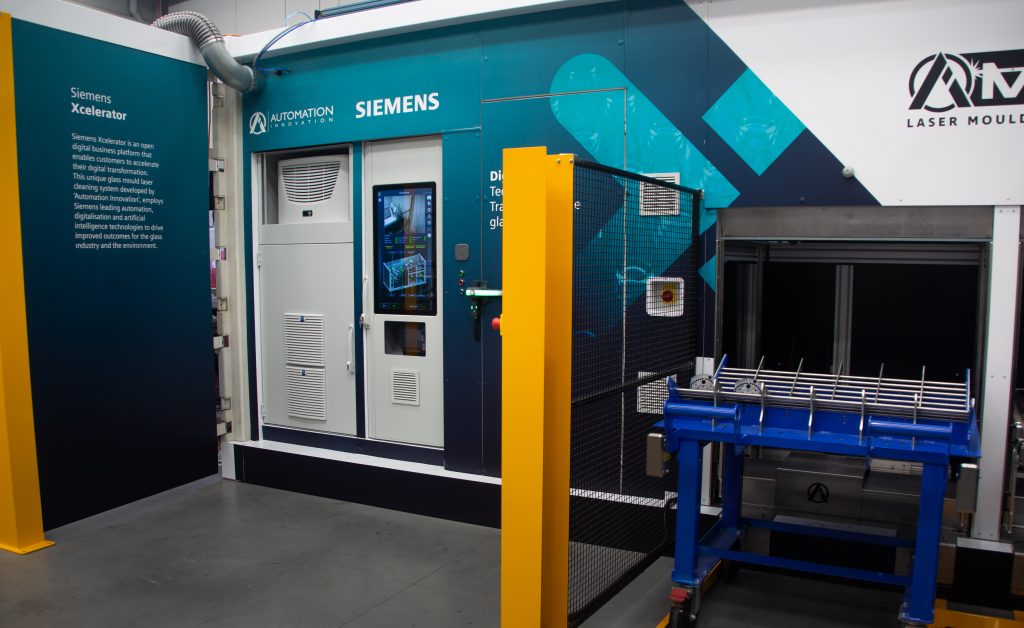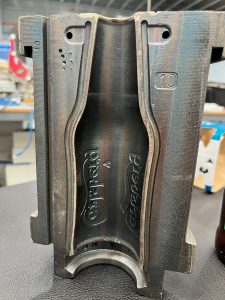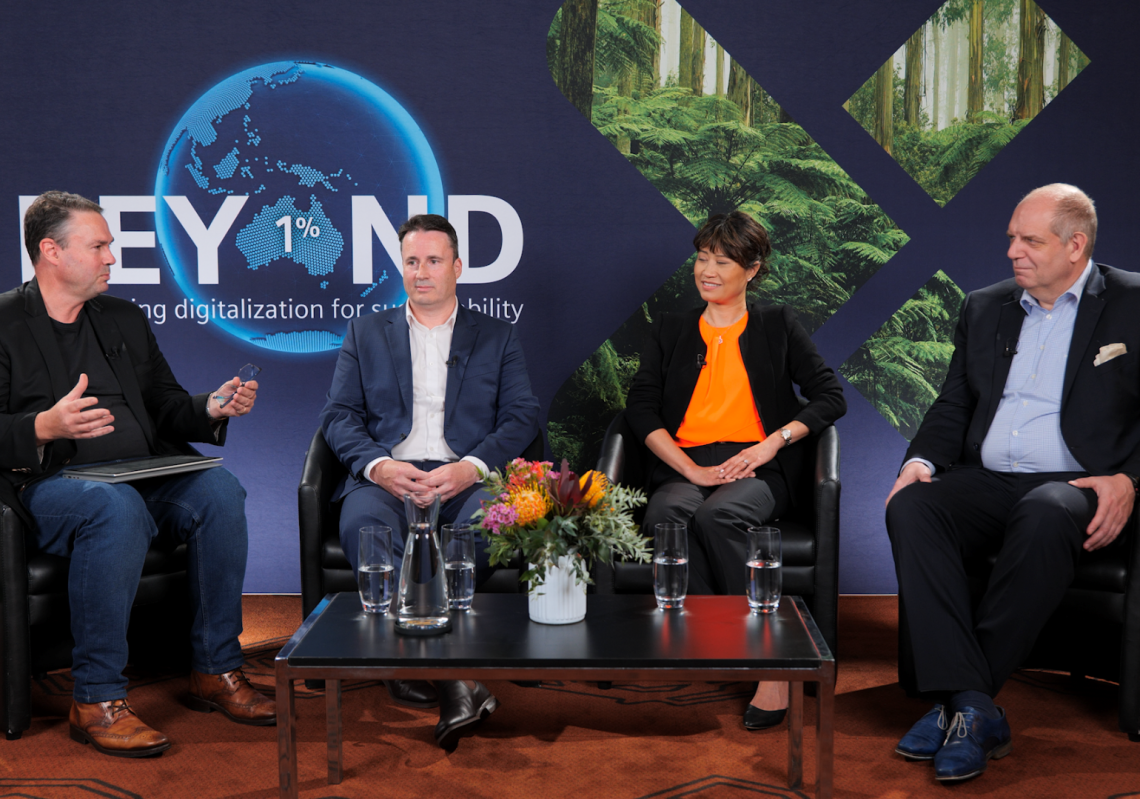The rapid deployment of digitalisation across multiple industry sectors is required to help Australia meet, and even exceed, its challenging climate targets.
This is one of the key messages in an upcoming webinar featuring three experts on digitalisation, artificial intelligence and advanced manufacturing: Axel Lorenz, Siemens’ global CEO of process automation, Dr Vicky Au, APAC Director of Decarbonisation at Wood and Walter Meyler, CEO of Automation Innovation.
Australia is currently responsible for about one per cent of the world’s carbon dioxide emissions, but engineers and technology experts at Siemens believe it needs to embrace technologies that will reduce emissions faster. The rapid deployment of digitalisation can accelerate sustainability outcomes beyond the 1% of emissions that Australia is responsible for globally and at the same time strengthen business and the economy.
Webinar moderator Keith Ritchie, Siemens Australia’s Head of Communications and Government Affairs, acknowledged the challenges ahead are substantial. He echoed the Minister for Climate Change and Energy, Chris Bowen in stating that, for Australia to meet its carbon reduction targets by 2030 with renewable energy alone, it’ll need 10,000 km of new transmission lines, 60 million additional solar panels and 40 x7MW wind turbines to be installed every month.
The panellists agreed that emerging clean energy ecosystems have the potential to drastically cut emissions, but a holistic view, including accelerated innovation to drive efficiencies in infrastructure and industry inside and outside of the borders of Australia, is also required to help achieve net zero.
Achieving better outcomes
According to Axel Lorenz, it starts with transparency.
“If I want to produce a carbon neutral product, it’s not only about what we are doing in our production process, but also about where we get our parts and our supply chain,” he said. “Something we are doing to meet that challenge is development of Sigreen, a tool which enables the measurement of scope 3 emissions.
“Digitalisation and decarbonisation go hand in hand and underpin everything that we do,” Au said. “We can make evidence-based pathways on how we invest and what we choose to do to get the outcomes we want. But we can’t do that without information, which is why digitalisation is so important.”
To illustrate the need for more action on the issue, she used the analogy of boiling a frog.
“If you put a frog in boiling water, it’ll jump back out,” she said. “But put it in cold water that gradually heats up, and it might not realise there’s a problem until it’s cooked! In Australia, we’re getting to that critical point and by the time we’re past it, it’ll be too late. We need to bring forward that urgency and talk more about accelerating digitalisation.”
Au advocates for research into how hydrogen can join wind and solar as part of a strategic solution, a subject close to Lorenz’ heart.
“We’re automating factories for the production of [hydrogen] electrolysers,” he said. “And then of course helping with automation simulation and optimisation during operation. Most of the plants start small but the operators want to quickly scale them up.”
Siemens is also implementing its own technology to drive sustainability. Its factory in Amberg, Germany has been named as a “sustainability lighthouse” by the World Economic Forum for its proactive approach to resource-efficient operations both inside the factory and in the supply chain.
Revolutionising glass production
Meyler offered an example of a recent Automation Innovation breakthrough that’s set to have a seismic effect on energy usage.
Their AiMC-1000 is an automated glass mould cleaning system which eliminates the need for traditional cleaning of glass moulds including chemical cleaning or ceramic bead blasting. It includes a unique AI path-mapping algorithm to guide an automated robotic laser system to clean the moulds jointly developed by Siemens and Automation Innovation.


Mapping such a path normally takes many hours of specialised computer programming – a task the algorithm completes in seconds. Laser cleaning not only extends the life of glass moulds but also reduces the raw materials required as the moulds are not damaged in the cleaning process.
“It can save between half a gram and two grams of glass per bottle – so has wide implications for glass usage given that a typical bottle plant may make six million bottles a day,” he said.
Based on saving one gram of silica per bottle, this one innovation has the potential to reduce raw materials by 700,000 tonnes a year, resulting in over a billion kilograms fewer CO2 emissions.
This is just one example of how digitalization, technology and innovation in Australia can accelerate sustainability outcomes for the nation and for the world beyond the one percent of emissions we are trying to address by achieving net zero by 2050.




